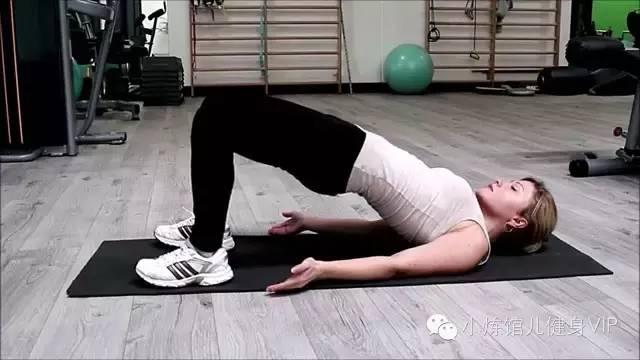

Let’s further discuss hamstring length and how this affects pelvic orientation. Therefore, a lengthened muscle could actually become overactive and dominant over another muscle.

This means that both examples could possibly be underactive and test weak compared to a muscle at ideal resting length (Sahrmann, 2002). To state it more simply, a shortened muscle has too much overlap of actin and myosin filaments, and a lengthened muscle doesn’t have enough overlap. This is known as length-tension relationship. Sahrmann (2002) stated that the force generation capabilities of a muscle are dependent on the muscles resting length.

Yet this altered position of the pelvis causes a lengthened resting position of the muscle, and as soon as the GTO is no longer excited the muscle spindle will begin to signal for the CNS to contract, leading to reoccurring tightness. Overtime, these muscles begin to feel “tight.” In most cases, the individual will feel the need to stretch the hamstrings.Īs the hamstrings are stretched, the GTO will inhibit the muscle spindles (autogenic inhibition) and the hamstrings will begin to feel as though they have relaxed. As the pelvis tilts forward, the hamstrings are lengthened. Consequently, this results in the sensation of tightness.Īn example of this is the person with an anterior pelvic tight (excessive arch in the low back). When a muscle is rapidly lengthened, the muscle spindles are excited and send a message to the CNS, resulting in the contraction of the lengthened muscle fibers (Clark et al., 2012). Located near the origin and insertion of the muscle, when a muscle generates force the GTO becomes distorted and will fire nerve impulses to the central nervous system (CNS) regulating the force and tension developed. The GTO senses changes in muscle tension and the rate of tension change (Magill, 2007). Muscle spindles are receptors within the belly of a muscle that primarily detect changes in the length of the muscle and rate of length change (Magill, 2007). Two important sensory receptors are the muscle spindles and the Golgi tendon organ (GTO).
Just because a muscle is short does not mean that it is overactive and strong, and conversely, just because a muscle is long does not mean it is underactive and weak. The sensation of muscle tightness does not always mean that a muscle is short. While these assumptions are sometimes correct, they may also be misleading for two primary reasons: It is generally assumed that an overactive muscle is short, tight, and strong, as opposed to an underactive muscle, which is assumed to be long and weak. Treating short and long muscles is a staple of the Corrective Exercise Specialization. This is where the terms “overactive” and “underactive” come from. For example, a muscle imbalance at the shoulder involving a “tight” pectoralis minor will pull or shift the shoulder forward into a rounding position.Īs these patterns of dysfunction continue, the muscle imbalance will lead to muscles on one side of the joint becoming chronically shortened and muscles on the opposing side of the joint becoming chronically lengthened. If muscles are not balanced, then the associated joint is directly affected. This pattern can lead to altered reciprocal inhibition, synergistic dominance, and eventual injury (these terms will be further described later).Įfficient human movement and function requires a balance of muscle length and muscle strength around a joint. Once this occurs, the body will continue to endure movement, only now the movement occurs along the path of least resistance, otherwise known as relative flexibility (Clark, Lucett, & Sutton, 2012). Muscle imbalances can be due to poor posture, stress, repetitive movement, or injury. This article will help to explain the relationship between muscle imbalances along with understanding more about the implications behind overactive and underactive muscles. “Do you suffer from muscle imbalances?” “Is your back pain due to a muscle imbalance?” “Prevent ACL injuries by reducing your muscle imbalances!” What does all this mean? Are muscle imbalances just a marketing craze extending beyond the fitness industry and completely overhyped by social media? Do muscle imbalances even exist, and if so, what are they?







 0 kommentar(er)
0 kommentar(er)
